We are all a bit paranoid

The last quest was rather messy, but fun. Actually, it's time to tell what it was all about). We are not the most typical ophthalmologic clinic and we have a whole bunch of interesting first-hand content. And we are not just working in all areas of refractive surgery, but also conducting research. There is something to tell about. Lasers, almost the launch of the mouse into space and other goodies will be required. For us, this is a rather unusual experience, but we will try not to disappoint.
let's get acquainted
Clinics are different. In some of them, you will be greeted by huge halls with long rows of benches and equally huge queues that twist intricately, closing on a strict auntie issuing coupons. In others, you will be greeted happily at the entrance, and almost immediately a suspicious-looking type in a white coat will tell you about the miraculous properties of the unique Tibetan magnets that only they have. There are still others where the equipment shines, and the halls are full, but the doctor does not even have time to remember your face, making you feel like a small detail on the conveyor.
This is not about us. Our clinic is called "Sphere" and we have a feature. We are all slightly paranoid.
')
It is difficult to look at people in dressing gowns who, with honest eyes, try to treat you with homeopathy and beaver fat extract without a shudder. No, seriously, I know some patients who have treated the cataract by rubbing shark oil into the eyelids and using unique devices with coherent quantum effects of ultra-low power. Advanced such devices, yes. Inside, there is often a maximum of a LED or low-power laser. Judging by the manual, except that only baldness is not treated. Alas, for some reason, sending to a bioreactor for such a “treatment” is considered inhumane.
The very difficult 90s, when we opened, at the same time came the heyday of new methods of treating patients and all sorts of Tibetan magicians. Evidence-based medicine was only born here, but we firmly decided for ourselves to rely only on the correct methods from the point of view of statistics and purity of the experiment. In fact, over the past 20 years we have worked with all the technologies that have been continuously improved.
What is GCP?
GCP (Good Clinical Practice) is a standard of good clinical practice that regulates all the details of conducting research on drugs and new methods of treatment in the clinic. Together with GMP (Good Manufacturing Practice) and GLP (Good Laboratory Practice) they form the basic triad on which evidence-based medicine is based. The regulation is really tough, in Russia there is one more similar in the sense of GOST R 52379-2005 “Good clinical practice”.
Getting the GCP certificate was still a quest, but we were immediately focused on the correct format of research and treatment of patients.
Very few clinics decide to engage in research, but this format brings many advantages. When major manufacturers know you as a certified research center, over time, you get access to the most recent developments that have been certified and started to spread in the markets of Europe and the USA. There is an opportunity to get acquainted with new technologies even before they enter the wide market, and to make a decision about the need for implementation already at home. In addition, our clinic has been authorized by Carl Zeiss and Schwind to train doctors on VisuMax and Amaris ophthalmic lasers. So we not only have a good command of these tools, but also teach others.
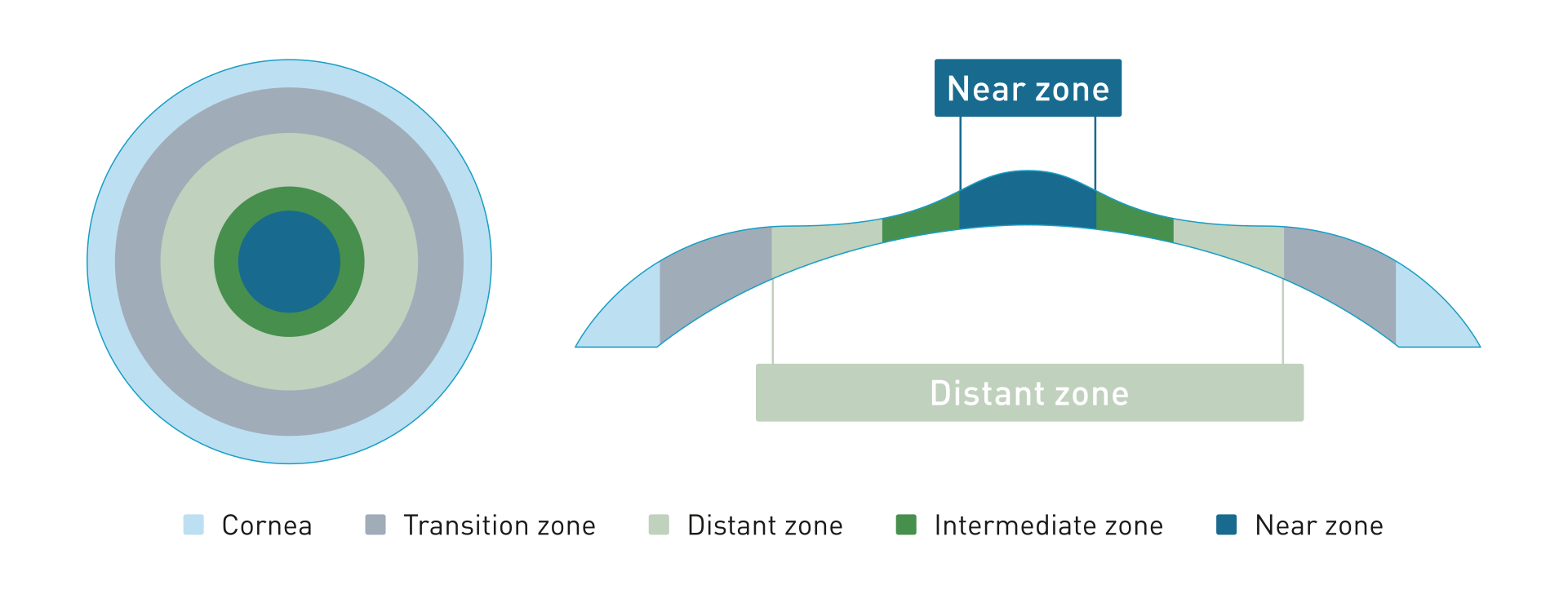
Not so long ago, we participated in a joint study with the company Schwind. They have a patented technology that allows for the correction of presbyopia by creating zones with different refraction of the cornea. As a result, the depth of field (depth of sharply depicted space) greatly expands and a person gets the opportunity to remove points in his 45+ years. This operation has many nuances on the formation of the correction profile. The standard methods that Schwind originally proposed were not entirely optimal. After conducting research, we proved it in practice and now all the latest versions of software for Schwind Amaris contain exactly our settings as default. Nicely.
In general, additional studies in the clinic suggest that you already have a proven and safe method or drug. For drugs, this means that they have completed Phase III clinical trials - randomized controlled multicenter studies involving a large number of patients. According to the results of this phase, the following characteristics must be proven before being put on the market:
- The drug is more effective than the known drugs of similar action;
- It has better tolerability when compared with already known drugs;
- Effective in cases where the treatment of already known drugs unsuccessfully;
- Economically more profitable;
- Easy to use;
- It has a more convenient dosage form;
- It has a synergistic effect in combination therapy, without increasing toxicity.
It’s another thing that a manufacturer often wants, for example, to expand the scope of its drug on elderly patients with comorbidities. This refers to phase IV - post-registration research. Such studies are conducted on those preparations that are already on the market and have proven safety. We help to select the optimal parameters of such therapy and prove its effectiveness.
And then, in the instructions for the drug, another line appears in the spirit: “According to post-registration studies, the drug can be used to treat% DiseaseName% in patients over 70 years old.” You know, there's something about that. If numerous NDAs allow, we may try to tell you more about such cases in the future.
Correct risk management
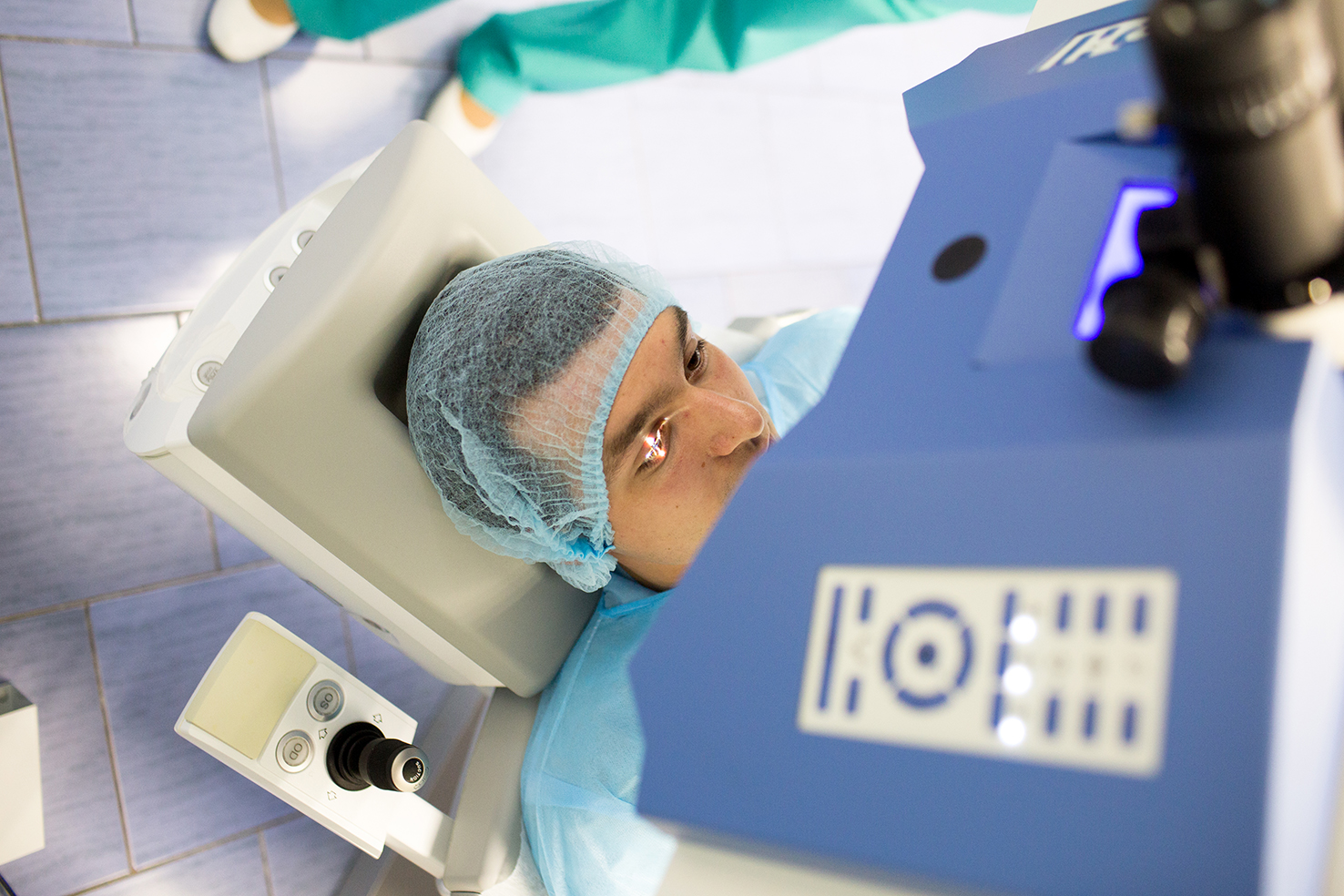
We are somewhat paranoid about the usefulness of examining each patient in order to eliminate even minimal risks of potential complications. If they tell you that “we have no difficulties at all,” don’t believe it. There is no way. Each patient has its own individual characteristics and risks. Another thing is that a competent doctor with a good experience in the forces to predict possible problems before taking up the treatment. Therefore, we spend so much energy on individual work with each person. In the following posts, we will definitely explain how we model the future correction on the virtual models of the patient's cornea and other details.
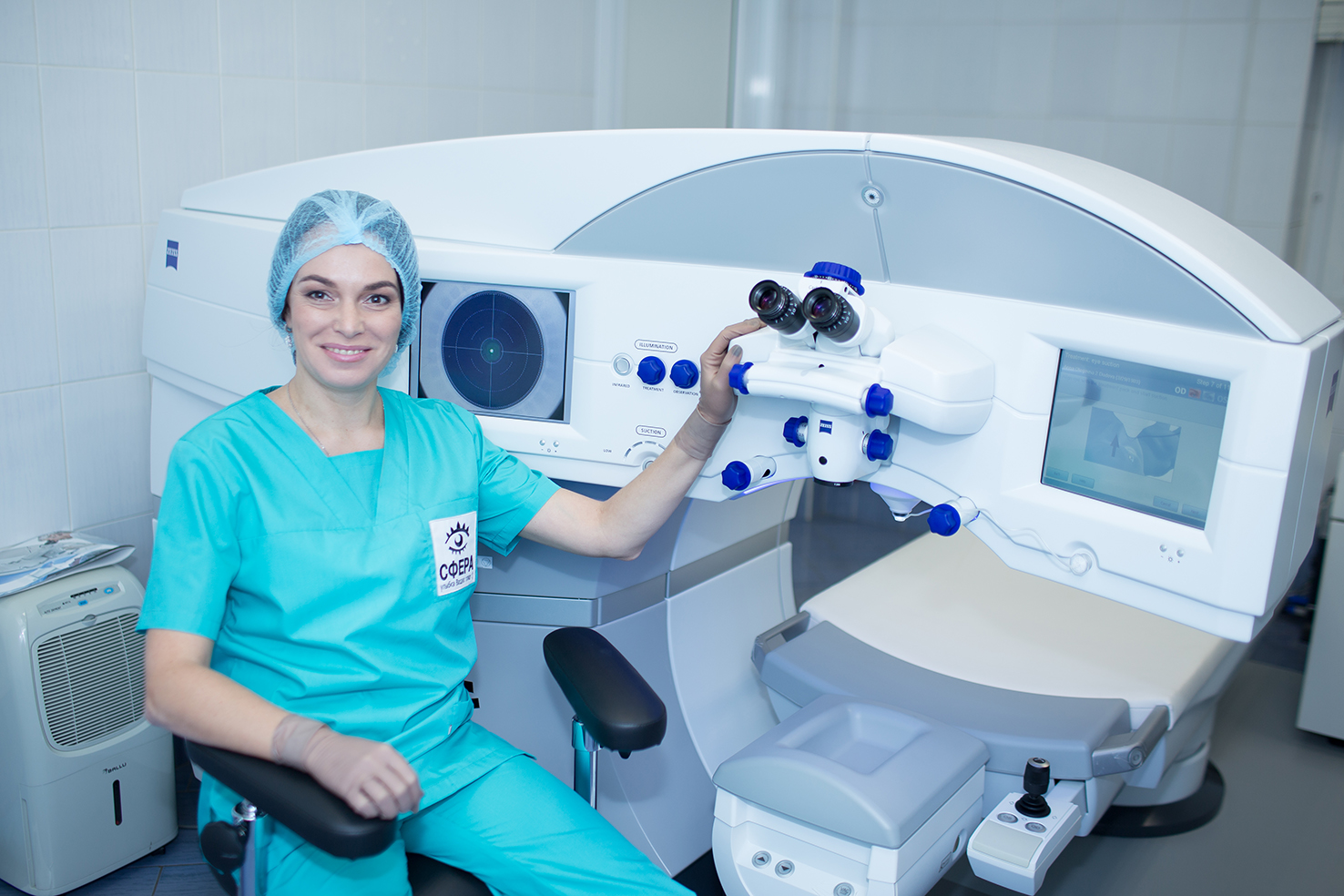
In the operating room, we employ proven and effective VisuMax (Carl Zeiss) and Amaris (Schwind). Therefore, the whole range of operations from femtoLASIK to ReLEx SMILE is available to us. And we can do it well.
Results of the last quest
We wanted to somehow somehow submit the first publication to Geektimes and decided that the format of the quest would be the best fit. We thought for a long time that in the end we would give the winners and decided to expand our budget, giving the first place a certificate for free vision correction.
The optimal method is chosen depending on the results of the diagnosis. And of course we gave the opportunity to transfer this certificate if desired. The following prizes received a certificate for a complete diagnosis. Also very necessary thing. In order to better match the geek format, we decided to add the winners with another certificate. This time it will be a full tour, where they will try themselves as a doctor and will be able to look at everything from the other side of the barricades. And in the final we will change clothes as it should be in sterile clothes and give a little laser steer. If such an “open door” format turns out to be successful, then perhaps we will introduce such an opportunity for small groups by appointment.
Now a little about how we nakosyachili. We stumbled upon a typical poor prediction rake. Always consider the bottlenecks when you design some mass events involving people. A bad idea was an attempt to bring an interactive call to our employee to get another key. We did not calculate with the complexity of the quest, greatly understating it. As a result, we received a zerg-rush with the flow of calls to Katerina. For several hours she received 236 calls with the same phrase. Now, when she suddenly starts screaming “57932!” And crying, we pour her coffee, wrap it in a rug and let her be alone for a bit.
In general, the number of people who reached the corresponding stages was distributed as follows:
- Phase 2: 967 people
- 3 phase: 236 people
- 4 phase: 185 people
- Phase 5: here we have something broken with statistics
- Phase 6: 92 people
It was not easy to estimate the average solution time, there were no metrics. But, you can judge by those who managed to get through to the first and second numbers. The spread is large. Last prize was dragged off at 11:09 MSK. In this case, the winners decided the whole chain from 20 minutes to an hour. No, seriously, we did not count on such a speed.
What pleased
I was pleased with three introverts who did not dare to call, but sent SMS. Katerina honestly sent back the key. A special place in our heart was taken by the paranoid who took the top place, but did not take the prizes. We tried to call him back, but he managed to contact us through some tricky voice gateway, which first asks to enter your phone number in tone mode, and then sends it in a pleasant female voice. The solutions are also the coolest.
tyomitch decided not to go the beaten track with the use of ready-to-use software for decoding the spectrogram. As a result, he filed his instrument for playing spectrograms: tyomitch.imtqy.com , transferring the arss library to js.
Totally impressed with the hardcore search option EXIF hints. The man decided not to go the easy way and read between the lines of the source text of the file. Well, what is it?))
On the first number some more rather funny messages arrived:
Katya! If you really are not a robot - break one of the three laws of robotics Isaac Asimov, namely:
1) you need to harm a person by your action or inaction
2) you need to disobey the order of a person who is not subject to the first law.
3) the third law about self-preservation, we exclude it
Katenka, glaring gloomily at the steppler, asked how much pain had to be done (1 law), ignoring pleas for mercy (2 law).
Red envelope
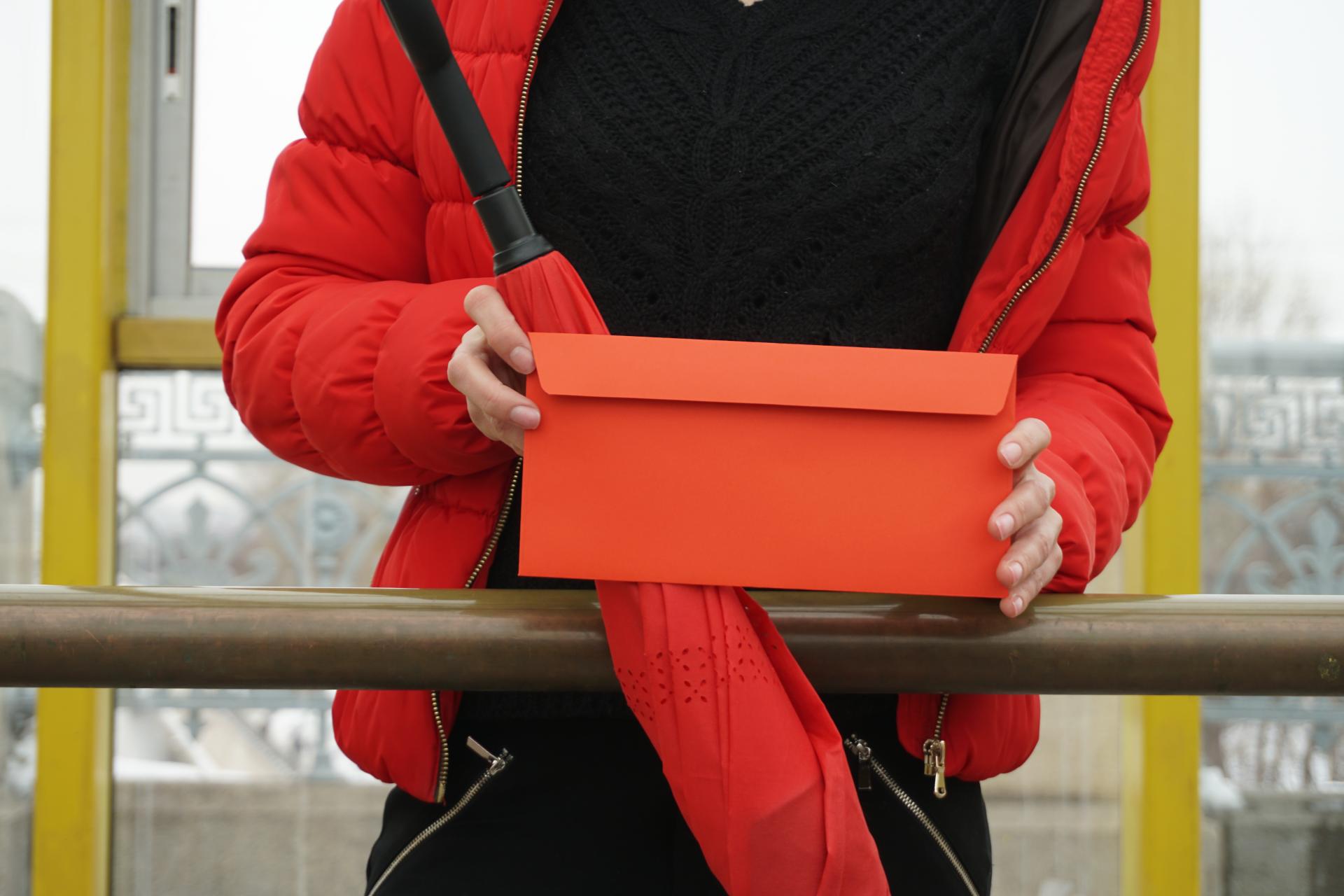
Winners received the meeting and time. We chose a very picturesque Pushkin bridge not far from Gorky Park. With this responsible mission, we sent our secret doctor, Olga Kukleva. According to the scenario, she had to stand with a red umbrella and hand a red envelope to the one who called the passphrase.
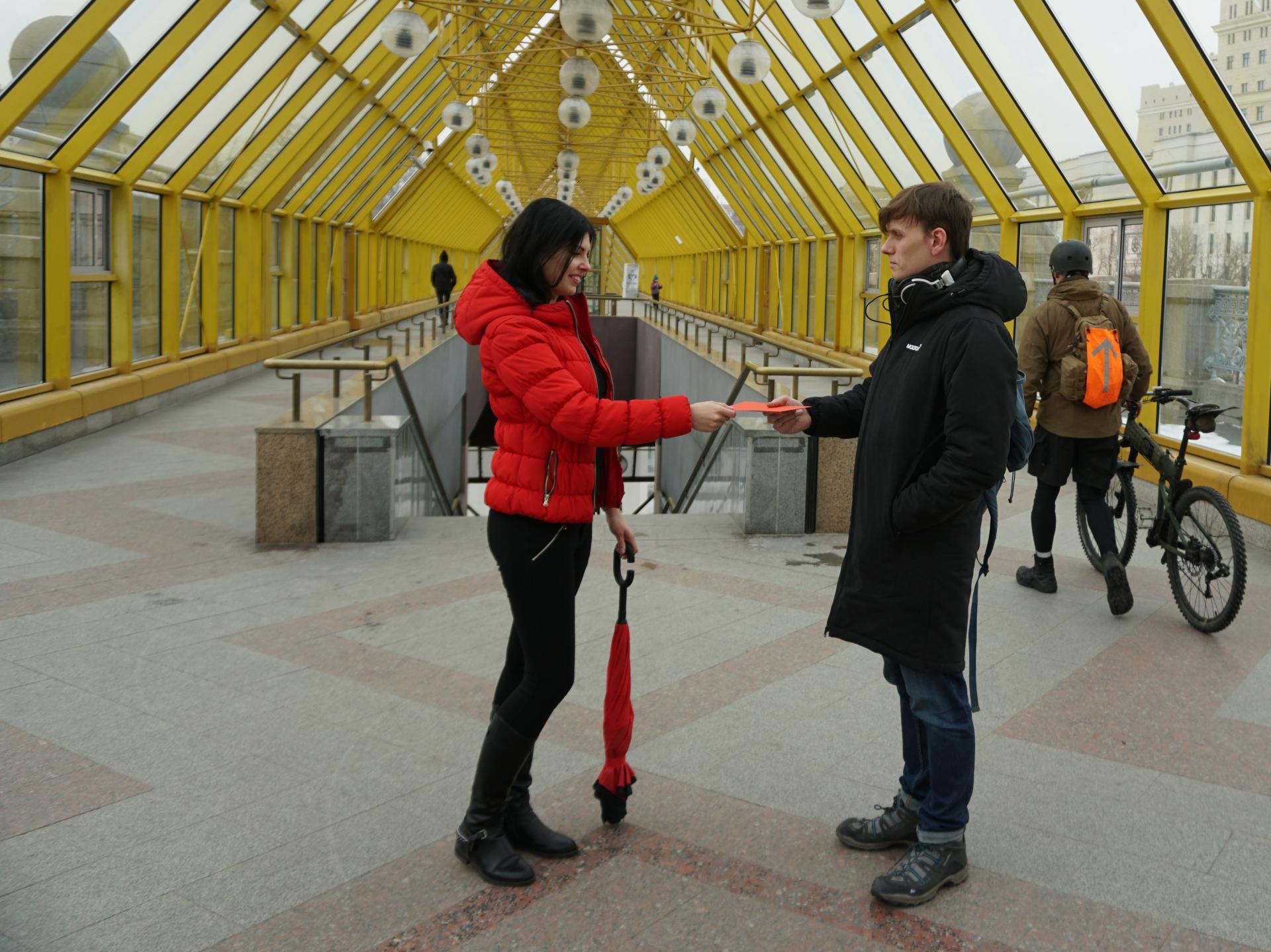
The police were somehow very suspicious about the envelope transfer process. As a result, only part of the winners came, but we decided to give them certificates already on excursions in the clinic itself.
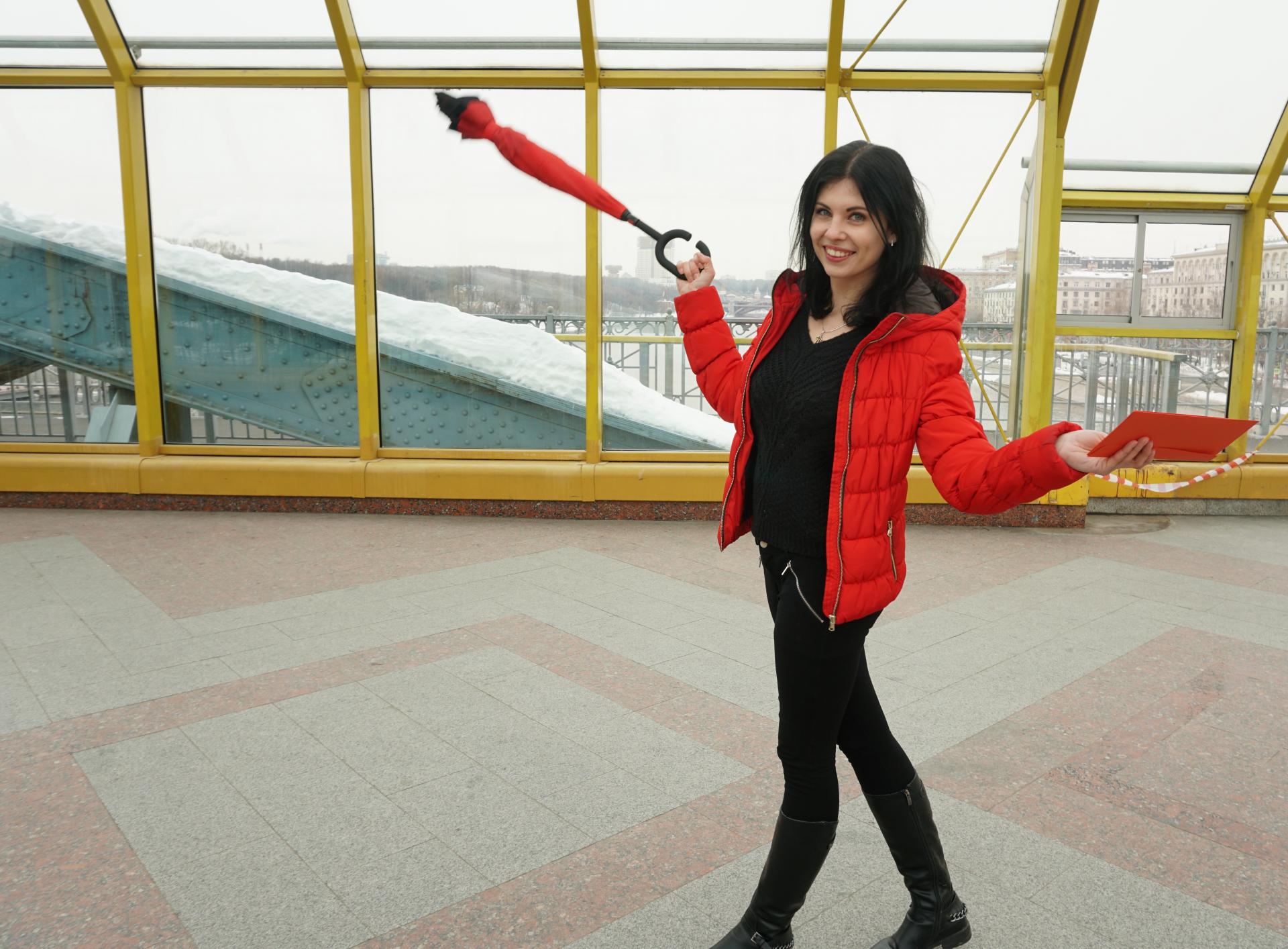
We hope you like it) We have prepared a lot of interesting things for publication.
Source: https://habr.com/ru/post/374373/
All Articles